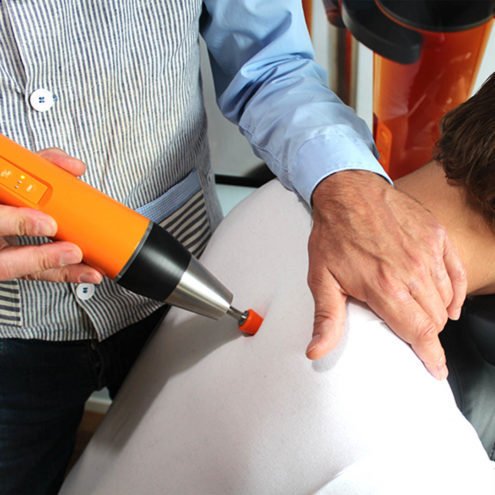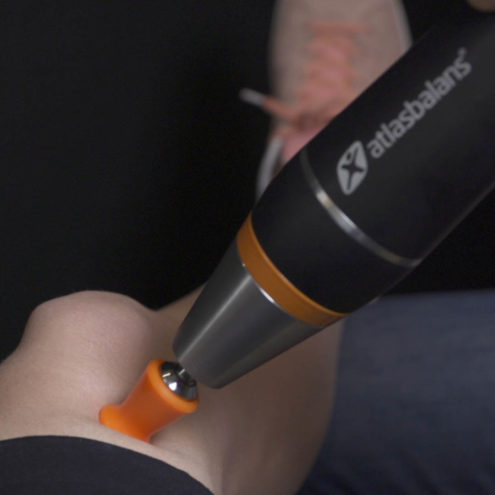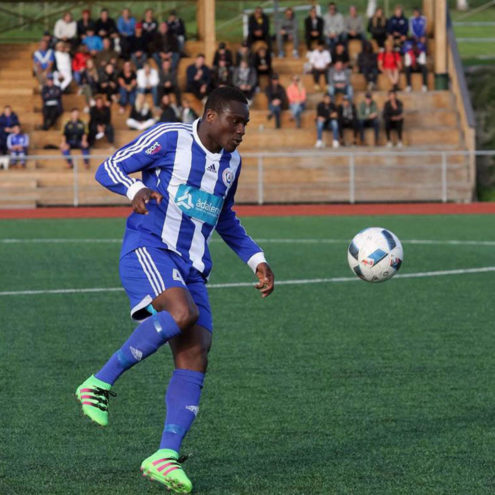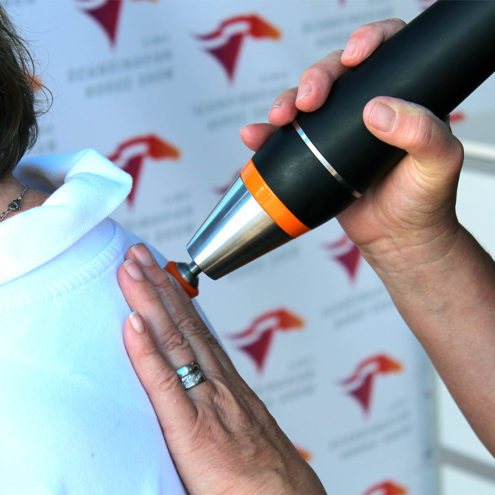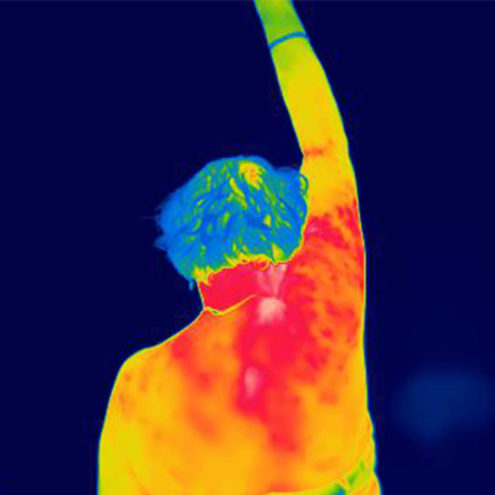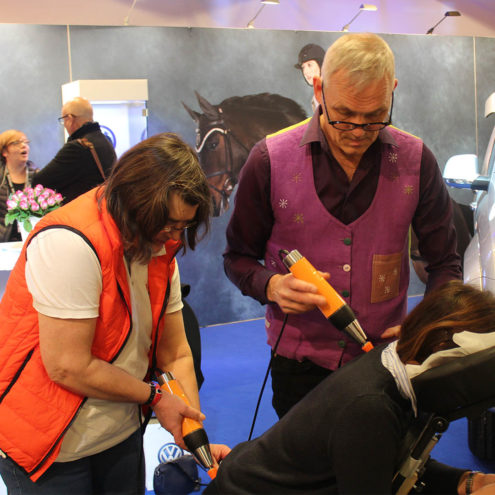Exercise after childbirth

Getting back into exercise after giving birth can be an important part of the recovery process for new mothers. It’s not just about regaining physical strength and fitness, but also mental wellbeing.
What is Postpartum Exercise?
Postnatal exercise is exercise specifically designed to meet the physical and emotional needs of women who have recently given birth. Immediately after giving birth, the body starts to heal and recover. In the first few days, simple movement exercises are important to reduce swelling and promote blood circulation to speed up healing.
Why is it Important to Exercise After Childbirth?
Postpartum exercise offers several benefits:
Physical recovery: Helps to strengthen and tone the body, especially areas affected by pregnancy and childbirth.
Promotes weight loss.
Reduces stress and increases mental well-being: Exercise can promote mental health by reducing stress, symptoms of postpartum depression and anxiety.
Improved energy: Regular physical activity can increase energy levels and overall feelings of well-being.
Improved sleep: Exercise increases the need for sleep.
Symptoms and Causes of Postpartum Problems
Many new mothers may experience various physical ailments after childbirth, such as:
Pelvic floor weakness: Caused by the physical strain during pregnancy and childbirth.
Diastasis Recti: Separation of the abdominal muscles.
Back and pelvic pain: Due to changes in posture and strain during pregnancy.
Pelvic Floor Exercise and Its Benefits
Performing pelvic floor exercises is very important to strengthen the muscles of the pelvic floor. These muscles become stretched during pregnancy and childbirth. The pelvic floor supports the urinary organs, the intestines and the uterus, among other things. Strengthening the pelvic floor can improve bladder control and reduce the risk of incontinence. Lumbar problems can also be alleviated by a strong pelvic floor.
Abdominal Training and Posture Reconstruction
Abdominal training is important to rebuild the strength of the core muscles and improve posture. For 6-8 weeks after delivery, you should not train hard, but focus more on strengthening the pelvic floor with squats and exercises to find and activate the core muscles. These exercises also help to address Diastasis Recti. It is important not to start doing oblique or straight sit-ups too early before the straight abdominal muscles have had time to contract.
When can you start exercising after childbirth?
The timing of resuming exercise after childbirth varies. If you had an uncomplicated pregnancy and vaginal delivery, it is generally safe to start exercising a few days after delivery or as soon as you feel ready. If you have had a caesarean section, extensive vaginal repair or a complicated birth, you should talk to your healthcare provider about when you should start an exercise program.
Post-Vaginal Birth Training
Most women can start light exercise, such as walking and pelvic floor exercises, within a few weeks of a vaginal birth, but it is important to listen to your body and not rush the process.
Training after caesarean section
After a caesarean section, women should wait until they are given the all-clear by their doctor, which usually happens at the post-operative check-up.
Recommended Postpartum Exercises
After childbirth, it’s important to focus on exercises that are gentle but effective:
Pelvic floor exercises
Includes pelvic floor muscles to strengthen the pelvic floor muscles.
Light Strength and Balance Exercises
Gentle yoga, pilates and light strength training are great options for building strength and balance safely.
Resuming exercise after childbirth can be a challenging but rewarding process. With the right guidance and support, you can safely and effectively build up your strength and well-being.
FAQ: Exercise after childbirth
2. Hur länge ska man vänta med träning efter ett kejsarsnitt?
Efter ett kejsarsnitt bör du vänta tills du får klartecken från din läkare, vilket vanligtvis ges vid den postoperativa kontrollen. Det är viktigt att ge kroppen tid att läka.
3. Vilka är de Viktigaste Övningarna att Fokusera på Efter Förlossning?
Fokus bör ligga på bäckenbottenövningar, såsom knipövningar, samt lätta styrke- och balansövningar som yoga och pilates. Dessa övningar bidrar till att stärka core-muskulaturen och förbättra hållningen.
4. Varför är Bäckenbottenträning Viktig efter Förlossning?
Bäckenbottenträning stärker musklerna som stödjer blåsan, tarmarna och livmodern, vilket är viktigt för att förbättra kontrollen och minska risken för inkontinens efter förlossningen.
5. Kan Träning Efter Förlossning Hjälpa Till med Diastasis Recti?
Ja, specifika magövningar som fokuserar på coremusklerna kan hjälpa till att återuppbygga styrka i dessa muskler och åtgärda Diastasis Recti. Övningar som situps kan förhindra läkandet av Diastasis Recti om de introduceras för tidigt.
6. Vilka Fysiska och Psykologiska Fördelar Finns med Träning efter Förlossning?
Fysiskt hjälper träning efter förlossning till att stärka och tona kroppen, medan psykologiska fördelar inkluderar förbättrad mental hälsa, minskade symtom på förlossningsdepression och ångest samt ökad energi och välbefinnande.
7. Hur kan Jag Få Hjälp med Min Träning efter Förlossning?
Det finns särskilda personliga tränare och fysioterapeuter som har mammaträning som fokus. De kan erbjuda specialiserade träningsprogram och personlig rådgivning som kan passa behoven hos nyblivna mammor.
 Search
Search


